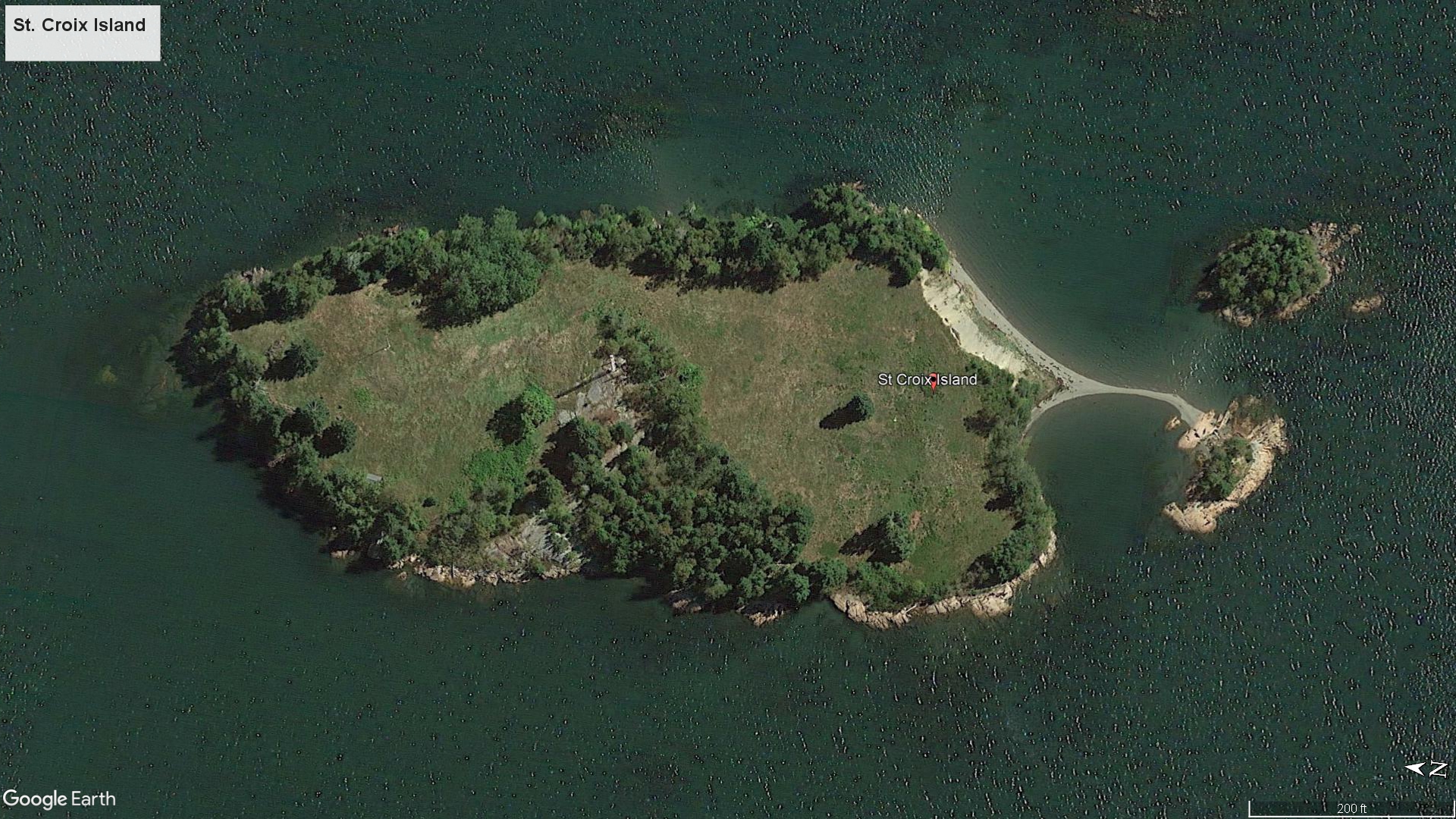
Saint Croix Island International Historic Site VISITING SAINT CROIX
Welcome to Saint Croix Island International Historic Site. The park is open year-round during daylight hours. Some park facilities are closed during the winter. Visit Operating Hours & Seasons for more information. Looking to buy a park pass? Check out our Fees and Passes page.
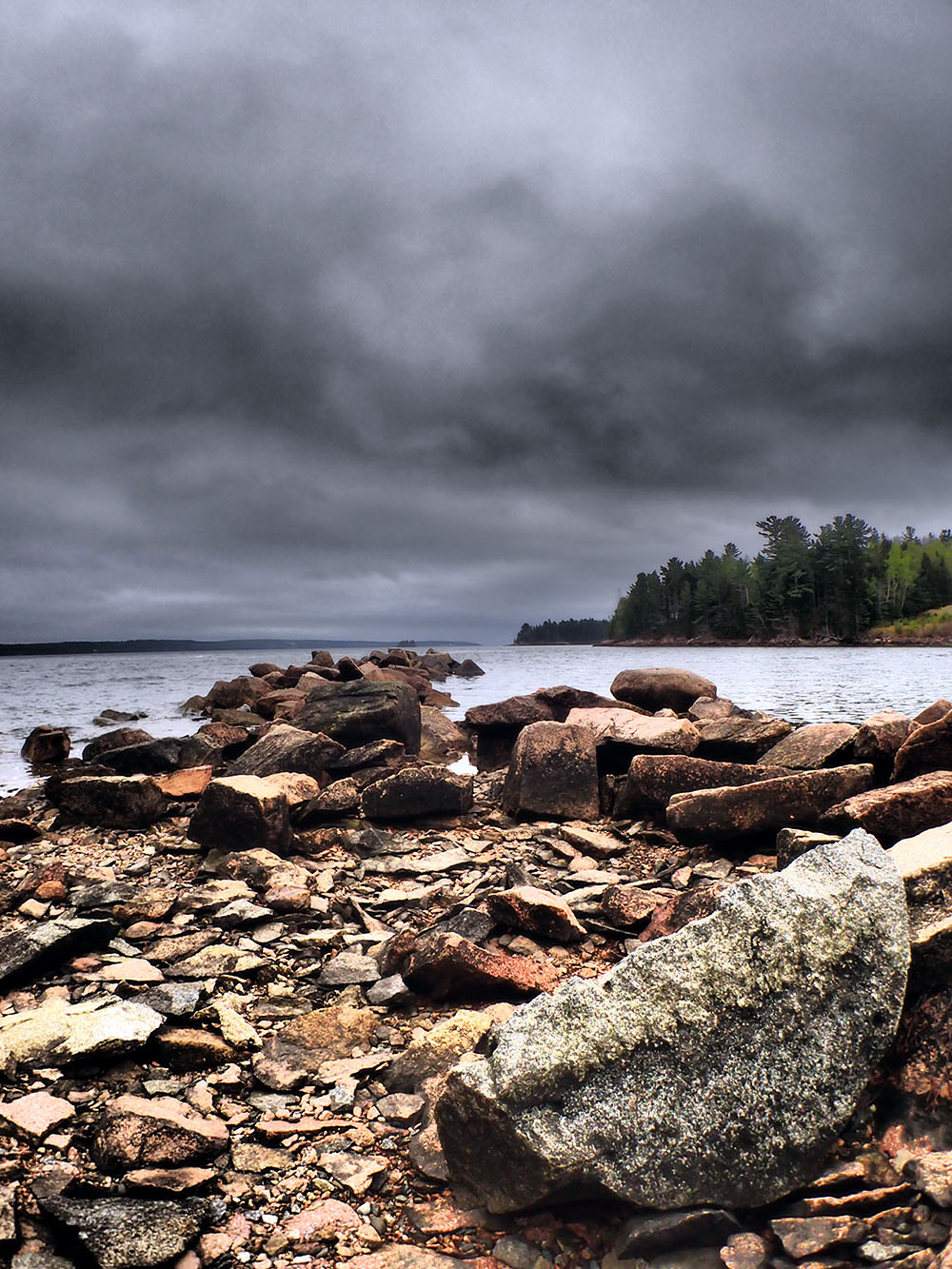
Saint Croix Maine
The St. Croix forms the eastern boundary between Maine and Canada. It has been heavily developed for electric power, reducing once prolific runs of anadromous fish. However, the river still claims the second largest Atlantic salmon run in the state. Autumn paddling on the St. Croix - photo: Lee Sochasky.

ExploreTraveler St. Croix Island Area In Eastern Maine
Saint Croix Island (French: Île Sainte-Croix), long known to locals as Dochet Island (/ ˈ d u ʃ eɪ /), is a small uninhabited island in Maine near the mouth of the Saint Croix River that forms part of the Canada-United States border separating Maine from New Brunswick.The island is in the heart of the traditional lands of the Passamaquoddy people who, according to oral tradition, used it.

St. Croix Island International Historical Site, Maine Another Walk in
Discover Saint Croix Island National Historic Site in Calais, Maine: A shoreline exhibit describing the disastrous first attempt by the French to colonize North America.

St. Croix River Canoe Trips, Maine Weekend Getaways, Maine Vacations
Plan Your Visit. Accessibility. There is no public access to Saint Croix Island. At the mainland facility, the Ranger Station, interpretive trail and shelter, parking lot, pathways, and restrooms are accessible. Parking near the shore is not recommended due to the steep grade. A park ranger presenting a program overlooking Saint Croix Island.

St. Croix Island International Historical Site, Maine Another Walk in
Congress authorized the establishment of Saint Croix Island National Monument in 1949, which became effective on June 30, 1968, and redesignated it as an international historic site on September 25, 1984. To learn more, view a timeline of Saint Croix Island's past 400 years and explore the articles, people, and places below.

The Abandoned French Colonization of St. Croix Island, Maine (16041607
Saint Croix Island International Historic Site is best reached by private vehicle. The site is located 8 miles (13 km) south of Calais, Maine, on US Route 1, and can be reached either by Route 9 from Bangor or US Route 1, the coastal route from Portland and points south. From US Route 1, turn onto St. Croix Drive. The entrance gate is on the right.

Saint Croix Island International Historic Site, Bar Harbor , Maine St
Saint Croix Island is located in the United States, so visiting it from Maine does not require crossing over into Canada. Anyone who visits the island from the Canadian mainland, on the other hand, is technically in the United States illegally. The U. S. Border Patrol does monitor the area, and if they suspect that anyone has landed on the.
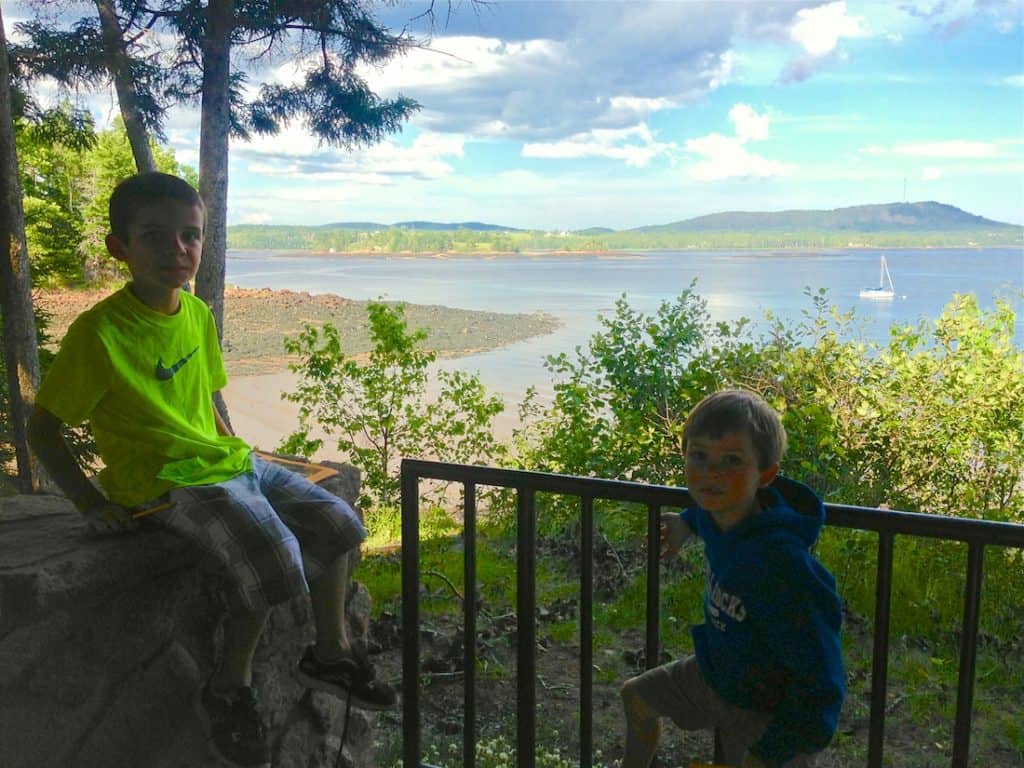
Top Things to do at Saint Croix in Maine with Kids Carful of Kids
St. Croix Island. In 1604 Pierre Dugua, a French nobleman, organized a company of men that included young Royal Geographer Samuel de Champlain and Champlain's uncle, Francois Grave Dupont.Dugua intended to colonize North America and trade with the Indians for furs. The company was an odd mixture of artisans and sailors, thieves, ruffians, courtiers and merchants.

4 Best Things to do at Saint Croix in Maine with Kids National Park
Where's Saint Croix International Historic Site . Located at 84 Saint Croix Drive, Calais, Maine. Open year-round from dawn to dusk. Free to enter. Acadia National Park is the oldest national park east of the Mississippi River. Photo Credit: Catherine Parker Other National Park Service sites in Maine

Sunset at St Croix River (Maine) PhotoTraces
The site in Red Beach/Calais commemorates the events of 1604-1605 when the first French settlers in Pierre Dugua's expedition lived on Saint Croix Island. Thirty five of the original seventy right settlers died that first winter because the island was iced in during a very harsh winter. The settlers had no meat or fresh water.
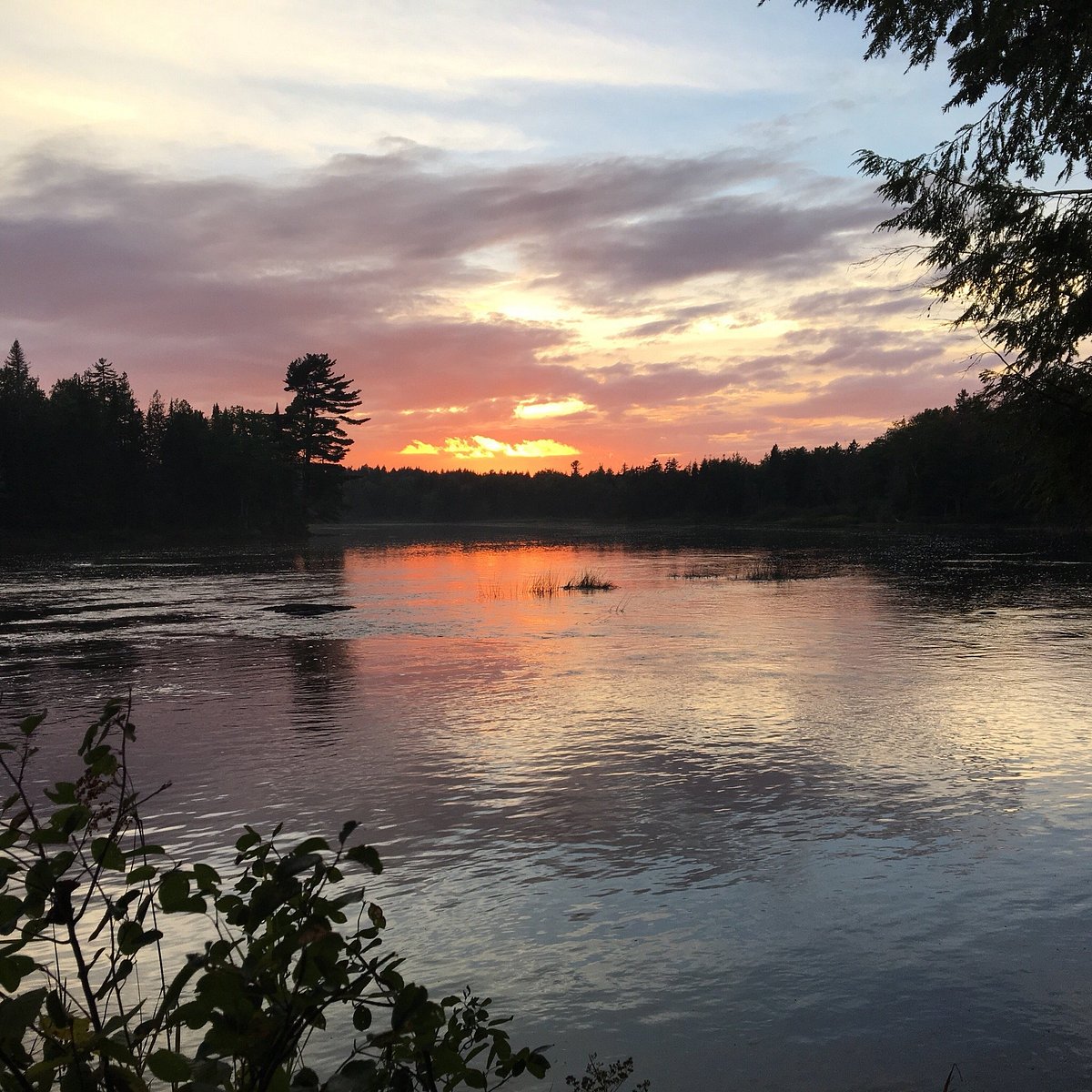
St. Croix River (Maine) All You Need to Know BEFORE You Go
See all things to do. Saint Croix Island International Historic Site. Saint Croix Island International Historic Site. #2 of 12 things to do in Calais. A few other visitors, definitely a good place to get away from the mobs in and the southern Maine cities. 1 Hour Historical Walking Tour in Machias. Oppenheimer-Prager Museum at Dayspring.
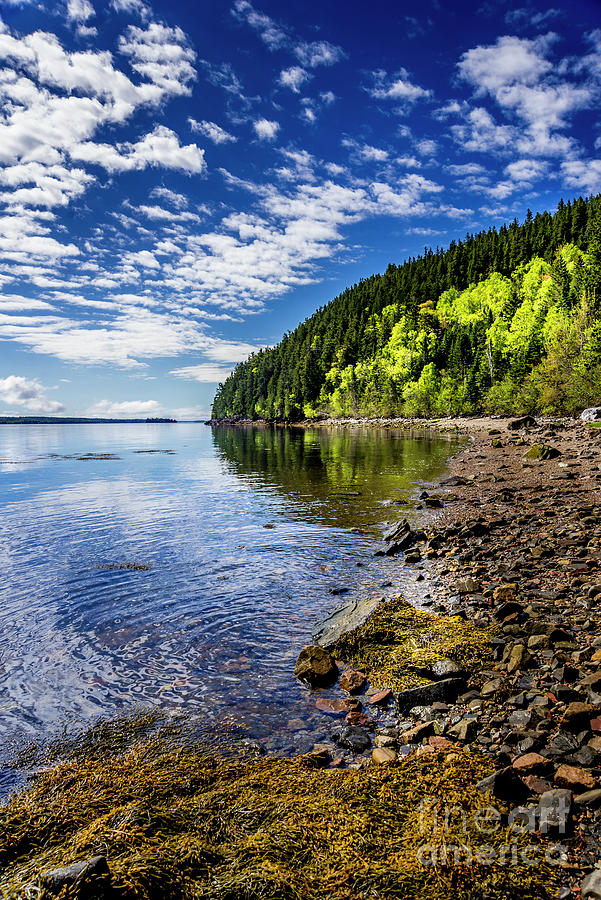
St Croix River Shoreline II Photograph by Alana Ranney Fine Art America
Saint Croix Island sits in the current between Maine and New Brunswick. In 1604, a French settlement rose on the island - three years before English settlements in Jamestown and Popham. Saint Croix Island's settlement was soon abandoned, following a horrific winter. But its survivors moved on to create Port Royal, near today's Annapolis Royal.
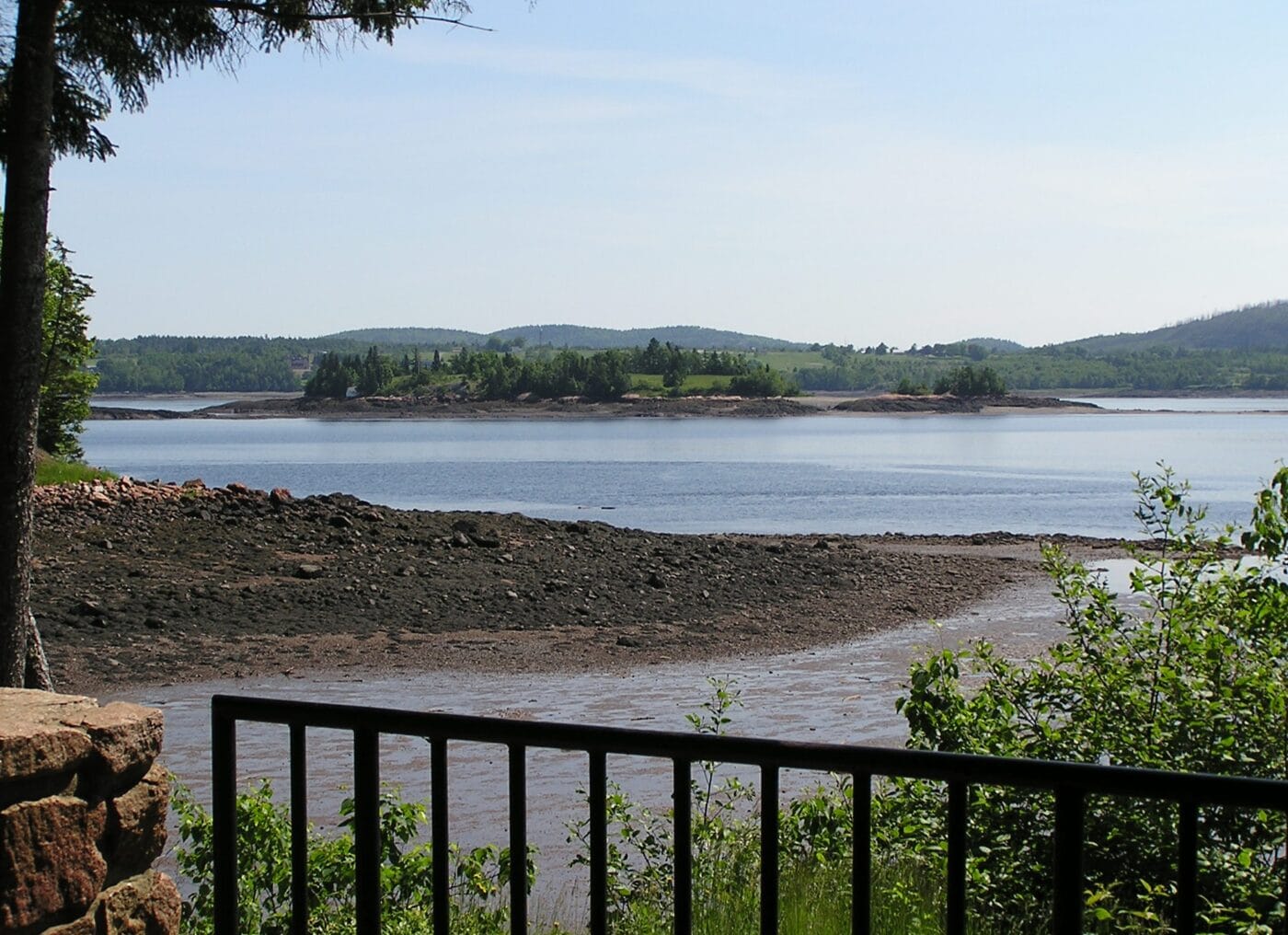
National Parks Of Maine National Park Obsessed
In 1604, a French expedition led by merchant venturer Pierre Du Gua, Sieur de Monts, and including geographer and cartographer Samuel de Champlain, arrived off the coast of what is today southwestern Nova Scotia.After exploration of the Bay of Fundy, a settlement was established on Saint Croix Island. During the summer and early fall of 1604, Champlain ventured along the mid-Maine coast as far.

Saint Croix river, Maine Canadian border little falls YouTube
An 18-foot tree on St.Croix Island was cut down to be that year's White House Christmas tree. Elson Small in the Dochet Island "taxi." Courtesy of Connie Small. Connie Small (1901-2005) with her St. Croix Island quilt in 2004. The quilt is now on display at the Maine Lighthouse Museum in Rockland.
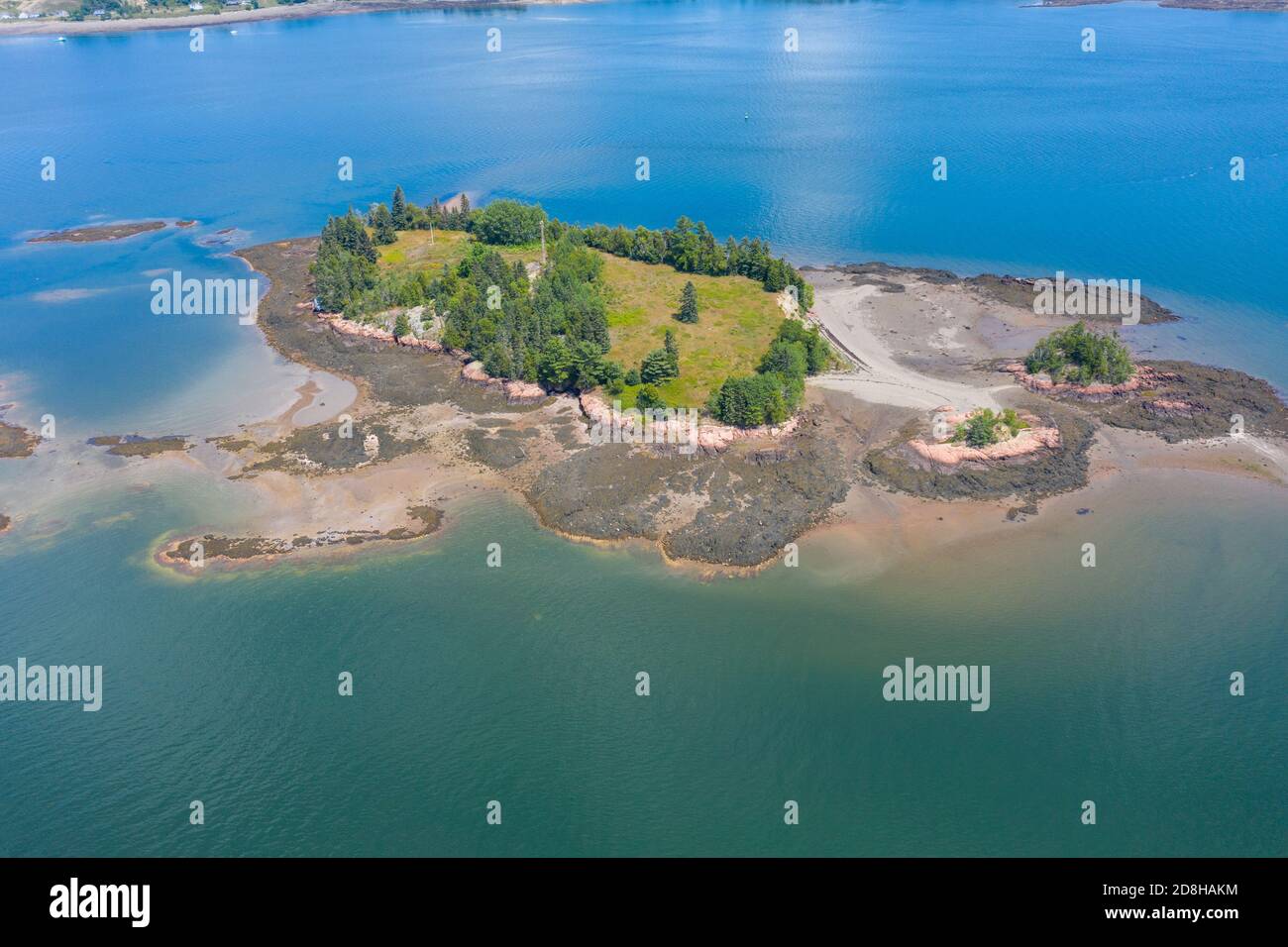
Saint Croix Island International Historic Site, Calais, Maine, USA
The winter of 1604-1605 on Saint Croix Island was a cruel one for Pierre Dugua's French expedition. Iced in by freezing temperatures and cut off from fresh water and game, 35 of 79 men died. As spring arrived and native people traded game for bread, the health of those remaining improved. Although the expedition moved on by summer, the beginning of French presence in North America had begun.